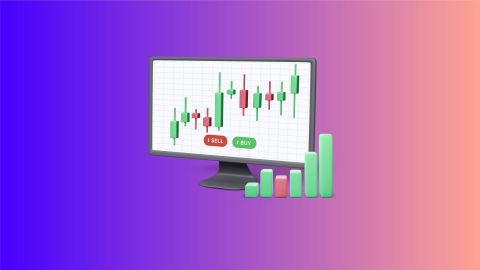What is basis?
There are multiple ways to define basis in finance, but it commonly signifies the difference between the expenses and the prices related to investment transactions while computing taxes. It is associated with broader terms like cost basis or tax basis, which are specifically used when capital gains and losses are calculated for filing income tax. Conversely, basis is also defined as the deviation between the spot price of a commodity and the relative price of the futures contract.
Additional read: Commodity market
What is basis of cost?
A cost basis is defined as the original value of a security for taxation. Often, the purchase price is adjusted for dividends, stock splits, and capital distributions. This value is used to determine the capital gains, which is equivalent to the difference between security’s cost basis and current market price.
Primarily, cost basis (also known as tax basis) is required to be tracked for tax-related matters. Without this enforcement, it is possible that most investors would not be motivated to maintain such detailed records. Short-term capital gains can be taxed at regular income rates, so it makes sense to minimise them whenever possible. On the other hand, securities that are held for more than a year are taxed as long-term investments, for which the rates are much lower.
Employing the right tax basis is integral, especially when you are choosing dividend reinvestment and capital gains distributions instead of opting for cash earnings. Reinvesting distributions results in a rise in the tax basis of your investment. This must be accounted for if you want to report lower capital gains to pay less tax. If a higher tax basis is not availed of, you might face double taxation on reinvested distributions.
What is basis in the futures market?
In the future markets, basis is defined as the difference between the cash value of the commodity and the futures value of the same commodity. This is an imperative subject that portfolio managers and traders need to understand, as the relationship between cash and futures prices impacts the contracts’ value sought for hedging. However, this concept can be a bit ambiguous because there are gaps between spot and relative prices until the expiration date of the nearest contract. Thus, the basis is not always entirely accurate.
Besides the variance caused by time gaps between the expiry of the futures contracts and the spot commodities, there might be other fluctuations triggered by actuals, different product qualities, and delivery areas. Generally, the basis is utilised by investors to measure the profitability of cash delivery or goods. Likewise, it is applied to discover opportunities for arbitrage.
Additional read: Commodity market timings
What is basis trading?
To implement a basis trading transaction, you have to take a long position for the commodity, derivative, or underlying considered to be undervalued and opt for a short position if the securities are perceived to be overvalued.
Let us understand how long and short positions work.
- Long position: In trading, a long position refers to the buying and owning of assets that are expected to have favourable possibilities, i.e., an appreciation in their value at later stages.
- Short position: The exact opposite of a long position, a short position is taken when you are anticipating a fall in the price of security. These assets are sold off with the intention of buying them again at a more affordable price.
However, to earn legitimate and sizable gains, you would have to undertake a generous leverage amount while entering a long or short position. This is deemed to be a significant risk that is usually executed because of the lucrative returns.
Additional read: Quick assets
What is basis trading risk?
The biggest risk of basis trading is leverage. In simple words, leverage is the use of borrowed capital to fund trading activities. Typically, it is employed as an investment tactic to increase the potential gains from an investment. While this method carries a high level of risk, such financing could also prove to be profitable when practised judiciously. The promise of substantial returns explains why many traders embrace the risk of leverage. When a short position is entered using leverage, there is an unlimited downside risk because the asset’s price lacks an upper cap. So, be sure to weigh all the pros and cons before taking a high-stakes basis trade using leverage.
Closing thoughts
In finance, there are several ways to define basis. Generally, it stands for expenses or the total cost of an investment. It has key tax consequences as it alludes to the associated costs of a product. Basis also indicates the difference between the spot price of a security and its respective derivative futures contract. If not specified, a basis is calculated by using the price of the nearest month of a futures contract.




